Fake security cameras have become common for individuals and property managers seeking to deter potential intruders at a lower cost. These non-functional devices can create the illusion of heightened security, thus discouraging would-be burglars. However, distinguishing between authentic and fake security cameras is crucial for those relying on real surveillance systems to enhance safety.
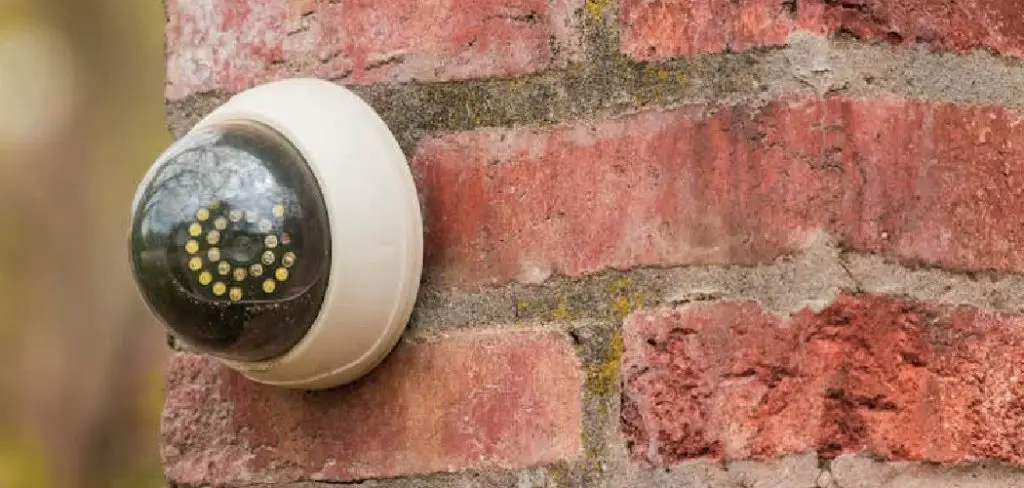
Knowing how to spot a fake security camera is vital for ensuring the effectiveness of security measures in public and residential spaces. This article identifies the common characteristics of fake cameras, such as unrealistic design elements, lack of functionality, and improper placement. By learning these key indicators, individuals can make informed decisions about their security setups and ensure they are using legitimate devices for optimal protection.
Understanding Fake Security Cameras
Purpose of Fake Cameras
Property owners often use fake security cameras as a cost-effective solution to deter criminal activity. These faux devices serve as psychological deterrents, creating an illusion of security without the hefty price tag associated with a fully functional surveillance system. By mounting a visible but non-operational camera, the premise is that potential intruders will choose an easier target, bypassing the protected area in favor of a less risky option.
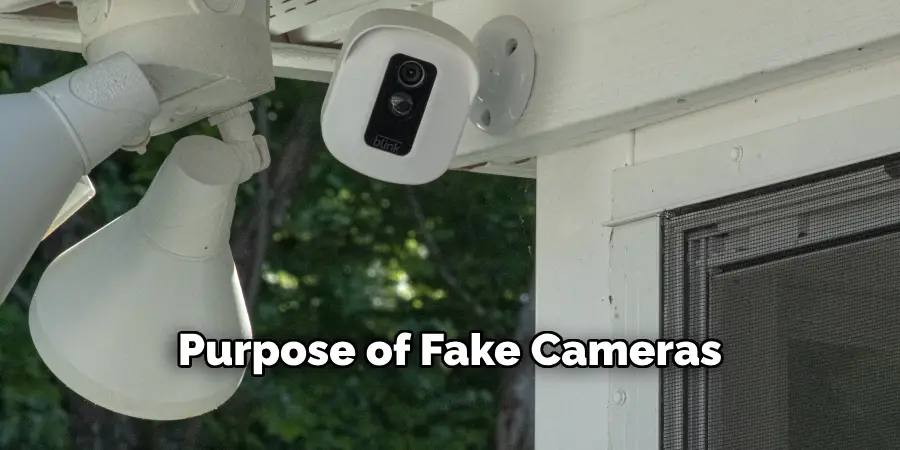
Types of Fake Security Cameras
Fake security cameras come in various forms to mimic real surveillance equipment. Dummy dome cameras replicate the appearance of professional security domes, often featuring realistic design elements like tinted covers. Fake bullet cameras resemble traditional cylindrical cameras commonly used outdoors, sometimes complete with faux wiring. Additionally, simple LED blinkers are small devices that flash red lights, mimicking the recording indicator of many real cameras.
Pros and Cons of Fake Cameras
While fake cameras can serve as an initial deterrent, their limitations become apparent upon closer inspection. The advantages include minimal cost and easy installation compared to genuine systems. However, experienced criminals may quickly identify them as non-functional, rendering them ineffective against targeted threats. Hence, while useful in low-risk scenarios, fake cameras should ideally complement, rather than replace, authentic security measures.
How to Spot a Fake Security Camera: Key Indicators of a Fake Security Camera
Flashing LED Lights
One of the most recognizable features of a fake security camera is the presence of constant, bright, blinking LED lights. While many might assume these lights indicate an active recording process, the truth is quite the opposite. Most real security cameras, especially professional-grade models, do not have such conspicuous lights. These blinking LEDs are often added to fake cameras to create an illusion of functionality, catering to the common misconception that active cameras must visibly signal their operation.
Overly Simple or Plastic Design
Another giveaway of a fake security camera is its overly simple or plastic construction. Unlike real security cameras, which are typically crafted from durable materials designed to withstand the elements, fake cameras often feature basic plastic casings that appear cheap and fragile. Real cameras are known for their robust, weatherproof designs, which include features like sun shields, dust protection, and sometimes even tamper-resistant casings. If a camera looks too simplistic or flimsy, it might be a dummy device.
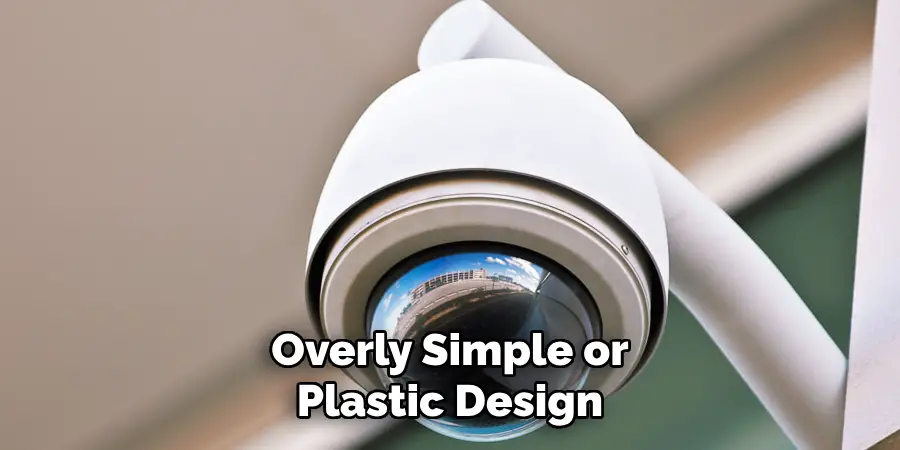
Lack of Wiring
Wiring serves as another critical indicator of a camera’s authenticity. Functional security cameras require connections for power and data transmission, which are either visible or intricately concealed within the supporting structures. Fake cameras commonly lack these wiring features or might have wires that appear disconnected or poorly integrated, aimed merely at creating the illusion of functionality rather than serving a practical purpose.
Odd Placement and Mounting
Observing the placement and mounting of a security camera can provide clues about its legitimacy. Real security cameras are strategically placed to cover critical angles and require access to power sources, either through direct connections or batteries in wireless setups. On the other hand, fake cameras might be awkwardly positioned without regard for optimal surveillance coverage or accessibility to power. For example, a fake camera might awkwardly hover in a corner with no visible power source, signaling its non-functionality.
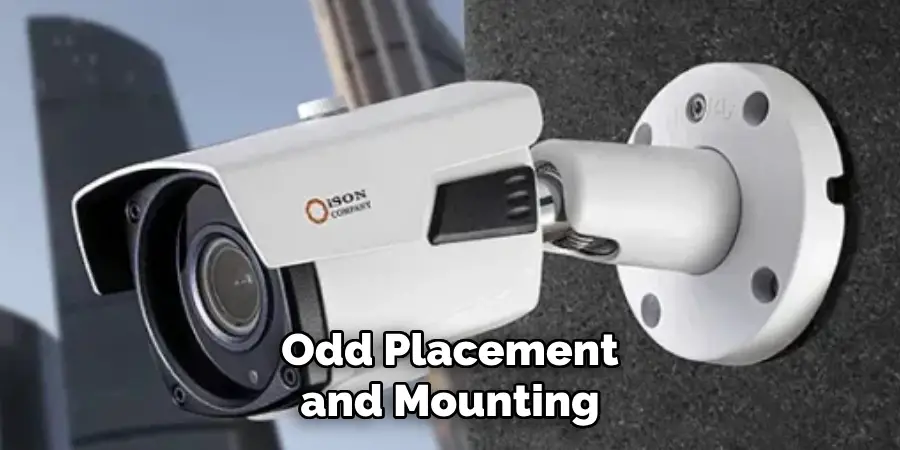
No Brand or Labeling
Real security cameras usually display brand names, model numbers, or other identifying labels that provide details about the manufacturer and functionality. This information is often absent or blatantly generic on fake security devices. In some cases, fake cameras might sport random or nonsensical names that do not match any known manufacturer. Checking for authentic branding or official labeling is a critical step in assessing the authenticity of a security camera, as legitimate devices rarely lack these identifiers.
By familiarizing themselves with these key indicators, individuals can enhance their ability to discern between real and fake security cameras, ensuring that their security measures are both effective and reliable.
Observing Functional Indicators of Real Security Cameras
Infrared Lights for Night Vision
A key functional indicator of real security cameras is the presence of infrared lights for night vision. Unlike the bright blinking LEDs common in fake cameras, real devices often feature a subtle red glow that remains steady instead of flashing. This glow emanates from infrared LEDs that enable the camera to record clearly in low-light or nighttime conditions, ensuring continuous surveillance and capturing crucial footage even in darkness.
Motorized Movement
Another distinctive feature of genuine security cameras is their motorized pan-and-tilt capabilities. Real cameras are equipped with mechanisms that allow them to move and adjust angles to cover wider areas effectively. If a camera remains static and lacks visible movement signs, it might be a dummy unit designed solely for appearance. Motorized cameras often follow preset paths or can be manually directed, providing dynamic coverage and increased flexibility in monitoring specific locations.
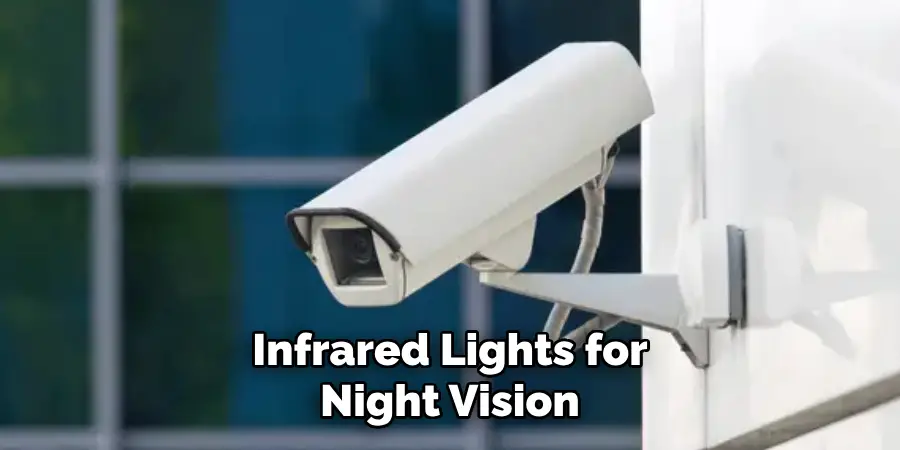
Lens Quality and Visibility
The quality and design of a camera’s lens can also help determine its authenticity. Genuine security cameras incorporate high-quality lenses that exhibit depth, reflective coatings, and adjustment mechanisms for enhanced clarity. In contrast, fake cameras usually have flat or shallow lenses designed to mimic the appearance of real equipment without delivering actual functionality. Observing the lens closely for clear, detailed elements is essential in distinguishing a real camera from a fake one.
Using Technology to Verify a Camera’s Authenticity
Checking for a Wi-Fi Signal
One effective way to ascertain the authenticity of a wireless security camera is to use a Wi-Fi scanner app. Real wireless security cameras often emit a Wi-Fi signal to facilitate remote viewing and control. To utilize this method, simply download a Wi-Fi scanner app onto your smartphone or tablet. Walk around the vicinity of the camera in question and check for any new or unidentified Wi-Fi signals. If a signal is detected near the device and matches its intended configuration, it’s likely a functional camera.
Using Thermal Cameras to Detect Heat
For a more advanced approach, thermal cameras can be employed to determine if a security camera is genuine. Operational cameras generate heat due to the internal electronics required for recording and processing images. You can detect this heat signature by pointing a thermal imaging device at the camera. If the camera emits a noticeable amount of heat, it indicates that it’s likely a working security device, whereas a lack of heat might suggest it’s a fake.
Looking for Data Cables
Physical attributes such as data cables or Ethernet ports can also indicate a real camera. Examine the camera’s body for these connections, which are vital for data transmission and power supply in legitimate security setups. The presence of well-integrated data cables or ports indicating a network connection is a strong sign of an authentic security system, as fake cameras seldom feature such practical components.
Situational Factors and Placement Considerations
Location and Accessibility
Real security cameras are strategically positioned in high-traffic or vulnerable areas to ensure maximum coverage and deter potential intruders. They are typically mounted at vantage points that provide optimum visibility and are accessible for maintenance or power supply. In contrast, fake cameras are often placed randomly without a clear rationale, lacking the strategic consideration that characterizes genuine setups. This randomness can diminish their effectiveness and expose their inauthentic nature.
Weather Exposure and Durability
Observing weatherproofing features can be a reliable method to distinguish real outdoor cameras from their fake counterparts. Authentic cameras are built to withstand harsh environmental conditions, with sturdy enclosures, waterproof seals, and UV protection to maintain functionality over time. These features are crucial for ensuring durability and performance in variable weather conditions. Fake cameras, however, might lack these protective elements, showing signs of wear quickly or appearing fragile.
Analyzing Nearby Security Equipment
The presence of a comprehensive security system, such as an alarm setup, can indicate the likely use of real cameras. Legitimate security measures often incorporate multiple components, including cameras, to enhance overall safety. By assessing nearby security equipment and its integration with visible cameras, one can determine the authenticity of a surveillance system. A functional alarm system is often paired with genuine cameras, whereas fake setups might stand alone without supporting technology.
Situational Factors and Placement Considerations
Location and Accessibility
Real security cameras are intentionally placed to maximize surveillance coverage in areas that experience high foot traffic or are more prone to security breaches. These devices are usually mounted at strategic vantage points to deter intruders effectively while also being accessible for regular maintenance and power supply needs. In contrast, fake cameras fail to exhibit such thoughtful positioning and are often installed randomly without consideration for practical coverage or deterrence, revealing their lack of authenticity.
Weather Exposure and Durability
Spotting weatherproofing features is another effective way to discern between real and fake outdoor cameras. Legitimate security devices are equipped with robust enclosures, waterproof seals, and UV protection, ensuring they remain functional and resilient in diverse weather conditions over time.
These protective features are essential for maintaining the surveillance system’s durability and efficacy. On the other hand, fake cameras may lack these features, leading to rapid deterioration or a fragile appearance when exposed to rain, wind, or sun, underscoring their inauthentic nature.
Analyzing Nearby Security Equipment
Assessing the overall security setup in a location can further help verify the authenticity of surveillance cameras. Real security systems often include multiple components, such as an alarm system that works in tandem with the cameras to enhance protection. A coherent and integrated security infrastructure strongly indicates genuine camera usage. In contrast, standalone fake cameras are rarely accompanied by comprehensive additional security measures, such as alarms or monitoring systems, exposing their lack of functionality.
What to Do if You Suspect a Camera is Fake
Verify with Property Owners or Managers:
If you’re concerned about the authenticity of a security camera in shared or rented spaces, the first step is to politely inquire with the property managers or owners. Approach them respectfully and express your concerns, as they might be able to confirm the camera’s legitimacy or provide further assistance.
Consider Adding Real Security Measures:
For personal peace of mind, consider implementing additional security measures regardless of the existing setup. Installing real security cameras, motion sensors, or alarms can enhance your safety and assure that your space is adequately monitored.
Documenting Concerns in Public Areas:
When you suspect that a fake camera may be used deceptively in public areas, it’s important to document your concerns. Capture images, take notes, and report the issue to relevant authorities or security personnel. This proactive approach can help maintain transparency and uphold public safety standards.
Conclusion
In observing how to spot a fake security camera, it’s essential to focus on common indicators like physical design, function, and placement. Fake cameras often have a superficial build, missing vital elements such as Ethernet ports or weatherproofing, giving away their lack of authenticity. They usually lack operational features like motion detection or connectivity, limiting their effectiveness in genuine surveillance.
Additionally, they are frequently placed without strategic consideration, diminishing their role as a deterrent. Being keenly observant and proactive about evaluating security equipment is crucial for ensuring personal safety. Understanding these distinctions helps in making informed decisions to utilize legitimate security devices. By opting for credible surveillance systems, individuals can enhance protection, ensuring that their security measures are both reliable and effective in safeguarding their environments.
